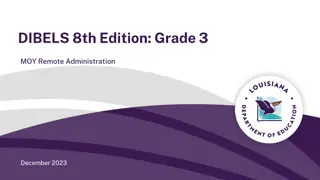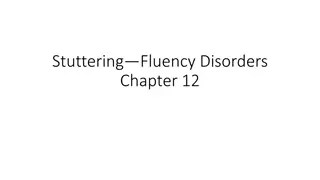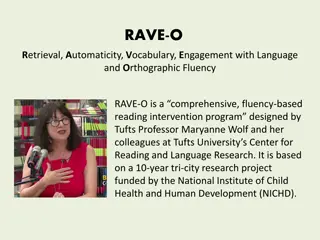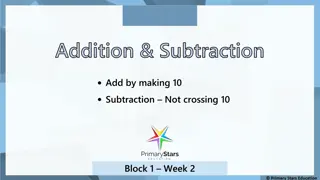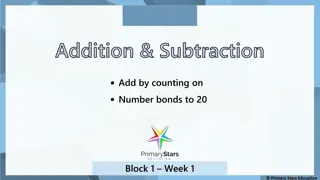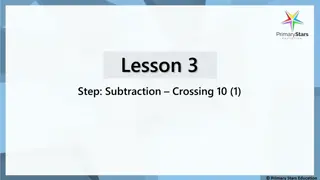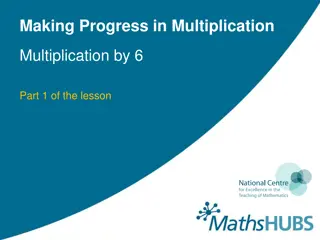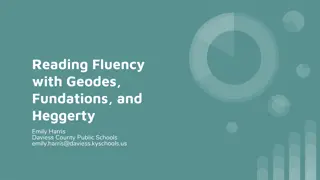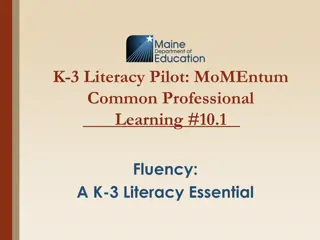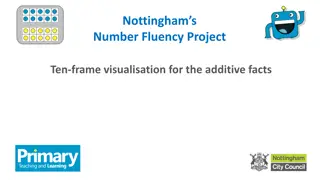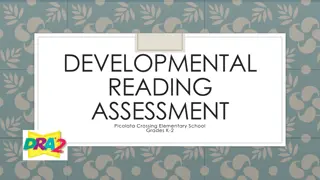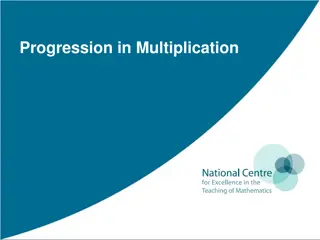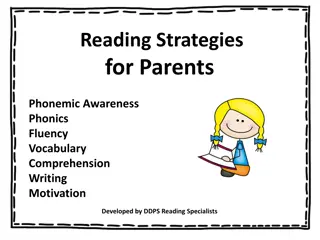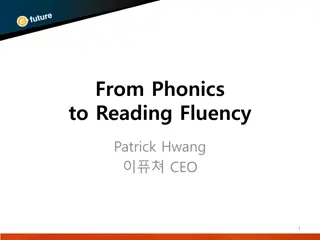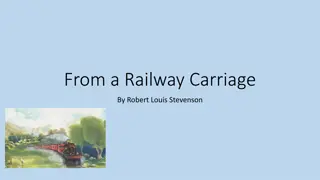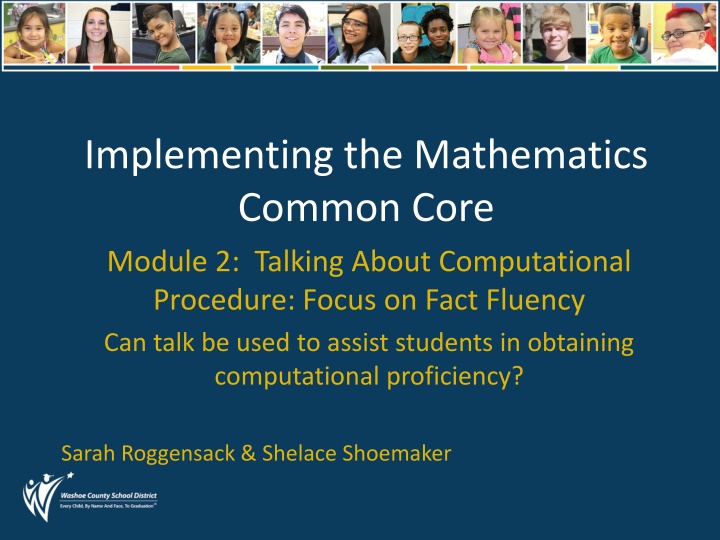
Enhancing Procedural Fluency Development Through Productive Classroom Discussions
Explore the impact of classroom discussions on computational proficiency in mathematics. Learn strategies to improve fact fluency, connect procedures with concepts, and engage students in meaningful reasoning. Discover how assessment can guide targeted instruction for developing fact fluency effectively.
Download Presentation

Please find below an Image/Link to download the presentation.
The content on the website is provided AS IS for your information and personal use only. It may not be sold, licensed, or shared on other websites without obtaining consent from the author. If you encounter any issues during the download, it is possible that the publisher has removed the file from their server.
You are allowed to download the files provided on this website for personal or commercial use, subject to the condition that they are used lawfully. All files are the property of their respective owners.
The content on the website is provided AS IS for your information and personal use only. It may not be sold, licensed, or shared on other websites without obtaining consent from the author.
E N D
Presentation Transcript
Implementing the Mathematics Common Core Module 2: Talking About Computational Procedure: Focus on Fact Fluency Can talk be used to assist students in obtaining computational proficiency? Sarah Roggensack & Shelace Shoemaker
1. Whole class discussions can help students use computational procedures in accurate and efficient ways. 2. Discussion can help students build connections between procedures and their underlying concepts. 3. Classroom discussions can help students think of computational skills as tools that can be used to solve a wide variety of problems. 4. Learning based on memorization is often forgotten and not readily transferred. 3
Essential Questions What strategies can we use to enhance our instruction so students learn mathematics with understanding? What does this look and sound like? 4
Objectives Explore what research says about productive procedural fluency development and instruction. Develop an implementation plan for fact fluency instruction and assessment in your classroom. 5
Four Steps Toward Productive Talk Helping Individual Students Clarify and Share Their Own Thoughts Helping Students Orient to the Thinking of Others Helping Students Deepen Their Own Reasoning Helping Students Engage with the Reasoning of Others 6
Guiding Question How can we use targeted and meaningful assessment for identifying students fact fluency instructional needs? 7
What is Fluency? Standards for Mathematical Practice 8
What is Fluency? Operations & Algebraic Thinking Progression Document 9
How do we develop mathematical fact fluency? All read and annotate the introduction of Basic Math Facts: A Sequence of Learning(stop at Phases ) Work in triads: Each member read one of the Phases (bottom of pp. 1-2) All read Key Beliefs (p.3) 10
Computational Strategy A method where the numbers in a computation are manipulated in order to create an equivalent but easier computation. Definable features: The steps involved change depending on the specific numbers involved Offer efficient and accurate ways to compute 12
Computational Algorithm A generalized set of steps used to perform computations. Definable features: They are efficient Produce accurate results Can be used to perform many computations using the same process 13
Strategy vs. Algorithm Hunt In each grade level indicate whether students are using a strategy (S) or an algorithm (A) as directed by the standards. Make additional notes regarding strategy vs. algorithm work for whole and rational numbers . Addition Subtraction Multiplication Division Kinder 1st 2nd 3rd 4th 5th 6th 14
Strategy vs. Algorithm Hunt answers Addition Subtraction Multiplication Division Kinder S S 1st S S S 2nd S & A S & A S S 3rd A A S S 4th A A A: multi-digit whole numbers S: decimals to hundredths S S: decimals to hundredths S: decimals to hundredths 5th A A A A 6th multi-digit numbers & decimals multi-digit numbers & decimals multi-digit numbers & decimals multi-digit numbers & decimals 15
K 1 2 3 4 5 6 Whole Number Addition and Subtraction C P S Whole Number Multiplication C P S Whole Number Division C P S Fraction and Decimal Addition and Subtraction C P S Fraction and Decimal: Multiplication and Division C P S Development of Conceptual understanding of addition, subtraction, multiplication and division C Development of Procedures including fact fluency and algorithms P Expectations of Security of concepts and procedures S 16
Planning Note Taker Phase 2: Descriptors Phase 1: Descriptors Phase 3: Descriptors How are you going to assess which phase students are in? What will instruction look like in this phase (materials, activities, What will instruction look like in this phase (materials, activities, What will instruction look like in this phase (materials, activities, How are you going to identify when a student is ready to move to How are you going to identify when a student is ready to move to How are you going to identify when a student is ready to move to Where in your mathematical block are you going to build in Where in your mathematical block are you going to build in Where in your mathematical block are you going to build in instruction for students in their phase? instruction for students in their phase? instruction for students in their phase? the next phase? How frequently? the next phase? How frequently? the next phase? How frequently? etc.)? etc.)? etc.)? 17
Stop and Jot Exit Ticket Stop and Jot: Instruction about Computational Procedures Whole class discussions can help students use computational procedures in accurate and efficient ways. Discussion can help students build connections between procedures and their underlying concepts. Classroom discussions can help students think of computational skills as tools that can be used to solve a wide variety of problems. Learning based on memorization is often forgotten and not readily transferred. 18

